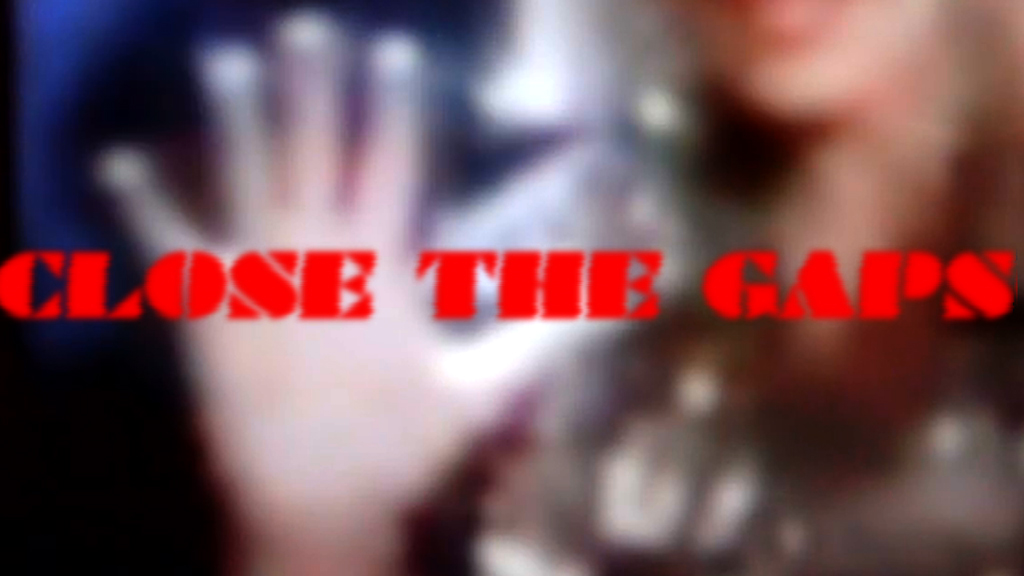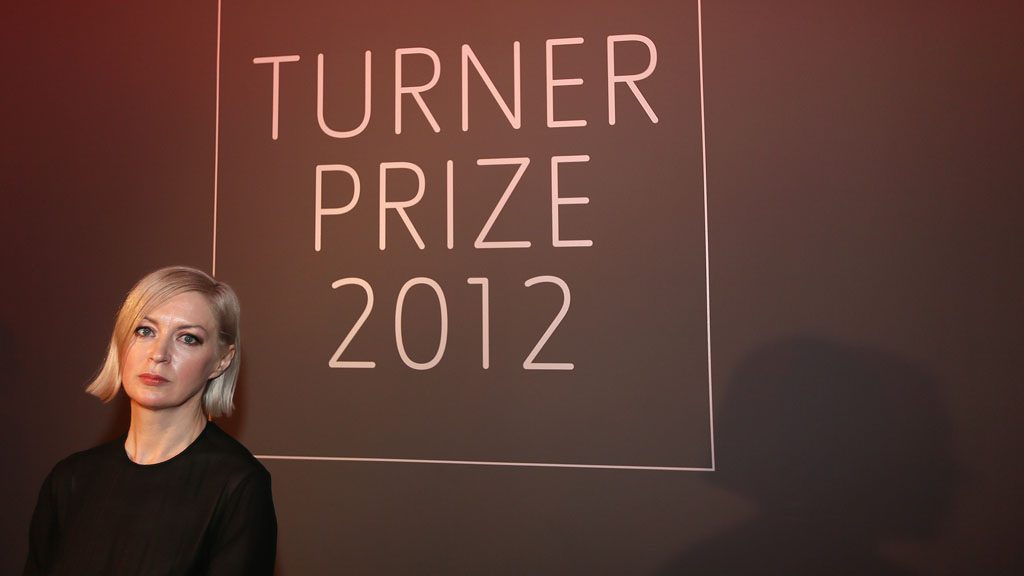Elizabeth Price scoops Turner Prize win
Elizabeth Price wins the Turner Prize for her film which blends 1960s pop with footage from a 1979 fire, but says her career would have been “unimaginable” without public support for the arts.

Ms Price said she was “surprised” to win, and praised the other artists on the shortlist, saying they all shared “respect, camaraderie and a sense of the absurd”.
Actor Jude Law announced the winner of the £25,000 prize at the Tate Britain gallery in London, in front of a 500-strong audience.
The winning video installation, The Woolworths Choir of 1979, is in three parts and moves from an exploration of Gothic architecture, through internet clips of the 1960s girl-group the Shangri-Las, to footage of a fire in a Woolworths store that killed 10 people – all punctuated by rhythmic finger clicking and clapping.
The Bradford-born artist struck a political note in her acceptance speech, saying that her career would have been “unimaginable” without public support for the arts: “It’s incredibly depressing listening to comments made earlier that a young girl from Luton going to a comprehensive might not be able to imagine being an artist and might not have the opportunities I’ve had.”
Her comments followed Jude Law’s statement before announcing the winner, accusing the government of having a policy of “cultural vandalism,” adding: “We are blunting our leading edge in the arts.”
The bookies’ favourite to win was Paul Noble, whose intricate pencil etchings imagined an alternative metropolis.
But 45-year-old Ms Price was awarded the prize by the judging panel who said they admired the “seductive and immersive” qualities of her 20-minute video installation.

‘Unique’
Andrew Price, the artist’s younger brother, told Channel 4 News he was “so proud” of his sister. “I always thought she was fantastic at drawing and painting. She always did something that no-one else woiuld imagine – it was always unique and original.”
In a statement the jury said they were impressed by “the way Price creates a rhythmic and ritualistic experience through her film installations” and combines different materials from archive footage, popular music videos and advertising.
The nicest thing is that so many more people come and see the art who just wouldn’t do so otherwise. Paul Noble, Turner Prize nominee
The other nominated artists were filmmaker Luke Fowler, performance artist Spartacus Chetwynd and Paul Noble, each of whom will receive £5,000.
Mr Noble, whose mother accompanied him to the ceremony, told Channel 4 News he thought that Ms Price’s speech was “fantastic” and humbly added that it was “far more elegant than I’d ever have been”.
The artist said that being even being nominated for the Turner Prize had already raised his profile. “The nicest thing is that so many more people come and see the art who just wouldn’t do so otherwise. Usually contemporary art has a much smaller audience.”
The mischievous award of the art world, the Turner Prize often courts controversy by awarding more unusual and conceptual exhibits. Notable winners in the past include Damien Hirst’s pickled calf, Martin Creed’s The Lights Going On and Off and Rachel Whiteread’s concrete cast of a Victorian terrace.
This year’s exhibition included sculptured piles of poo and puppet plays. But it also showcased a range of technical skills and diverse mediums – from digital film, pencil etchings and performance art – and was critically acclaimed.
- Chapters
- descriptions off, selected
- subtitles off, selected
- captions settings, opens captions settings dialog
- captions off, selected
This is a modal window.
This is a modal window. This modal can be closed by pressing the Escape key or activating the close button.
In an interview from October this year, [see above] Price told Culture Editor Matthew Cain that her films are created through reams of editing to try and bring diverse elements of footage into a coherent “flow”.
“I’m interested in what happens when things move out of categories,” she said, “so when social history moves out of documentary category, but still remains social historical, and gets combined with something that is a lot more immersive and emotional, like pop music, which has an immediate physiological and emotional effect.”
Ms Price was born in Bradford in 1966, but moved to Luton as a young child and now lives and works in London.
Artists living, working or born in Britain aged under 50 are eligible for the Turner Prize and they are selected for an outstanding exhibition of their work staged in the last 12 months. For the last three years, artists from Glasgow have dominated the Turner Prize, with Martin Boyce following in the footsteps of Susan Philipsz and Richard Wright.
This year’s Turner Prize jury was made up of Andrew Hunt, from Focal Point Gallery, Southend-on-Sea; Heike Munder, director of the Migros Museum für Gegenwartskunst, Zurich; Mark Sladen, from the Kunsthal Charlottenborg, Copenhagen; and Penelope Curtis, Tate Britain director and chair of the jury.
